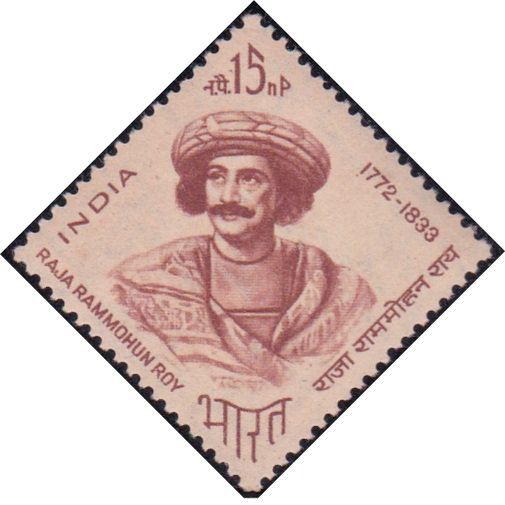
Raja Rammohun Roy 1964
A commemorative postage stamp on the death anniversary of Raja Ram Mohan Roy, father of the Indian Renaissance :
Issued on Sep 27, 1964
Issued for : In memory of a great personality who has been aptly referred to as the Father of modern India, the P & T Department is issuing a special commemorative stamp on the 27th September, 1964, which falls on his death anniversary.
Type : Stamp, Mint Condition
Colour : Brown Madder
Denomination : 15 nP.
Perforation : 13
Watermark : All over multiple ‘Lion Capital of Asoka‘
Number printed : 2.5 million
Set : 112 per issue sheet (16 x 7)
Printing process : Photogravure
Designed & printed at : India Security Press
Name : Rammohan Roy
Born on May 22, 1772 at Radhanagore, Hooghly, West Bengal, India
Died on Sep 27, 1833 at Stapleton, Bristol, United Kingdom
About :
- Raja Rammohun Roy occupies a distinguished place among the builders of modern India. In the words of Miss Collett, his English biographer – “Rammohun stands in history as a bridge over which India marches from her unmeasured past to her incalculable future. He was the arch which spanned the gulf that yawned between superstition and science, between despotism and democracy, between immobile custom and a conservative progress, between a bewildering polytheism and a pure, if vague, theism.“
- Rammohun Roy was born on May 22, 1772 in an orthodox Brahmin family at Radhanagar in the Hooghly District of Bengal. He was a precocious child and possessed an inquisitive and philosophical bent of mind. In addition to his native Bengali he became a scholar in Sanskrit, Persian, and Arabic, quite early in life and was deeply versed in Indian thought and philosophy.
- Fifteen years before Rammohun Roy‘s birth, Britain had won the Battle of Plassey in 1757, and since then British power was expanding slowly all over India. The coming of the British to India, brought with it a new culture, the western culture, in our midst. Rammohun Roy‘s curious and adventurous spirit led him to find out what their cultural roots were. He learnt English and, not being content, he studied Greek, Hebrew and Latin to discover the sources of the religion and culture of the West.
- It was his vast learning and deep understanding of the cultures and religions of the East as well as the West that prompted him to establish the Brahmo Samaj whose approach to religion was, indeed, very cosmopolitan. In his thirties he wrote a treatise in Persian entitled “Tuhaft-Ul-Muwahhidin” (A Gift to Monotheists) in which he preached the unity of God and argued that the natural tendency in all religions was towards monotheism. He was a life-long campaigner for the abolition of the practice of Sati-immolation of widows on the funeral pyres of their dead husbands. This practice, though never widespread in India, was totally prohibited by Law in 1829, due to the untiring efforts of Rammohun Roy. His crusading spirit also touched on many other aspects of social reform. He campaigned for female education and property rights for women. He was a powerful advocate of widow re-marriage.
- His dynamic and persuasive personality attracted kindred spirits and in 1814 he formed the ‘Atmiya Sabha‘, an inner circle of aristocrats and the new middle-class liberals for intellectual discussions. In 1828, he founded the “Brhamo Samaj” where people belonging to all religions could worship God in a cosmopolitan house of prayer. In his ‘Discovery of India‘, Pt. Jawaharlal Nehru says that Raja Rammohun Roy was one of the founders of the Indian Press. Rammohun Roy was associated with several newspapers. He brought out a bilingual Bengali-English magazine, and later desiring an All-India circulation, he published a weekly in Persian.
- Great though the Raja‘s services were in the cause of social and religious reforms, his claim to an eminent place in Indian history also rests on the fact that he was the originator of the first secular movement in India. He was the ablest and the most progressive Indian politician of his time and his patriotism was based on the doctrine of the solidarity of the whole of humanity. His intense love of liberty was the mainspring of all his political opinions. He was also the first constitutional agitator in this country and drew up a memorial to the Supreme Court and a Petition to the King-in-Council against the Press Ordinance passed in 1823.
- Raja Rammohun Roy went to England as an envoy of the Emperor of Delhi in 1830 and died there on the 27th September 1833.


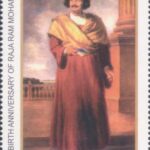
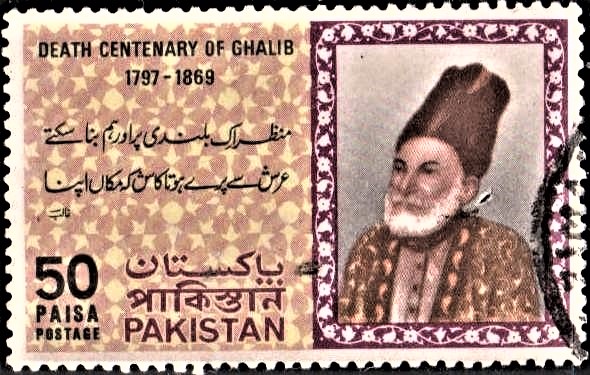

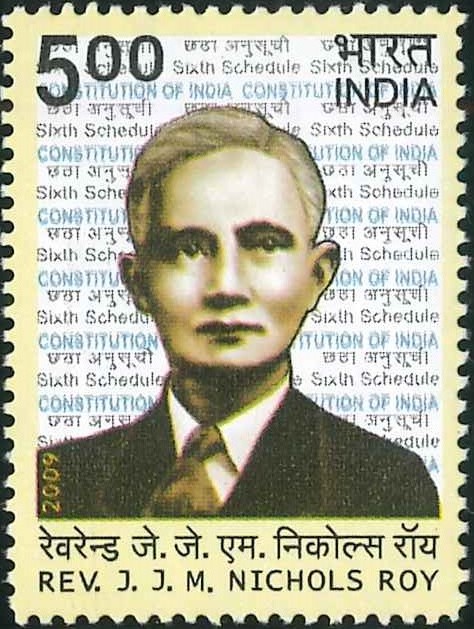
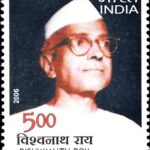

[…] Rammohan Roy and Devendranath, Keshub is regarded as a major prophet of Brahmoism. He was not only a religious […]
[…] the Assamese middle class into a literary movement. In fact, Ananda Ram Dhekial Phukan described as Raja Ram Mohan Roy of Assam, Hem Chandra Barua recognised as the Panini of Assamese language and Gunabhi Ram Barua […]
[…] Raja Rammohun Roy, Swami Vivekananda, Rabindranath Tagore, and Mahatma Gandhi, Radhakrishnan was one of […]
[…] of action and firm determination he heralded a social revolution in Andhra. He is to Andhra what Ram Mohan Roy is to India in a larger […]
[…] life. Tagore‘s grandfather was one of the pioneers of Western education and a friend of Raja Rammohan Roy. His father, a great student of Indian philosophy and Islamic mysticism, began his day with […]
[…] glory of India as seen in its literature and art etc. This body of English writing by Derozio and Rammohan Roy and others, created a new idiom in Indian literature and ushered in the transition from the […]